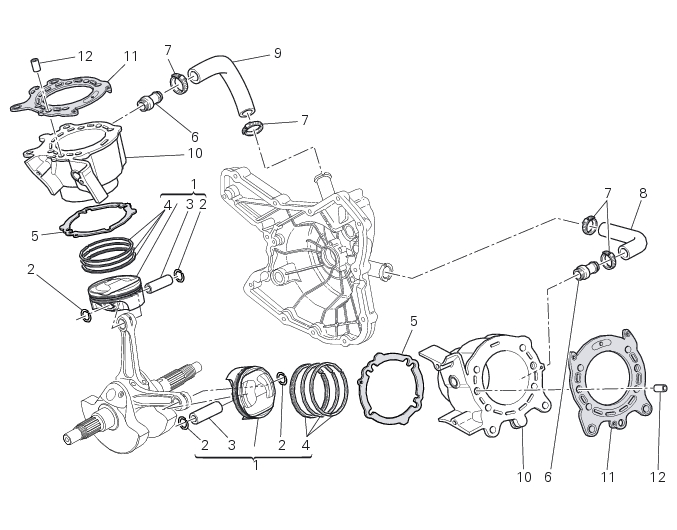
|
1
|
|
12
|
|
Remove the timing belt covers and the timing belts
|
|
|
Distance (A) mm
|
||
|
Refit the timing belt external covers and the timing belts
|
|